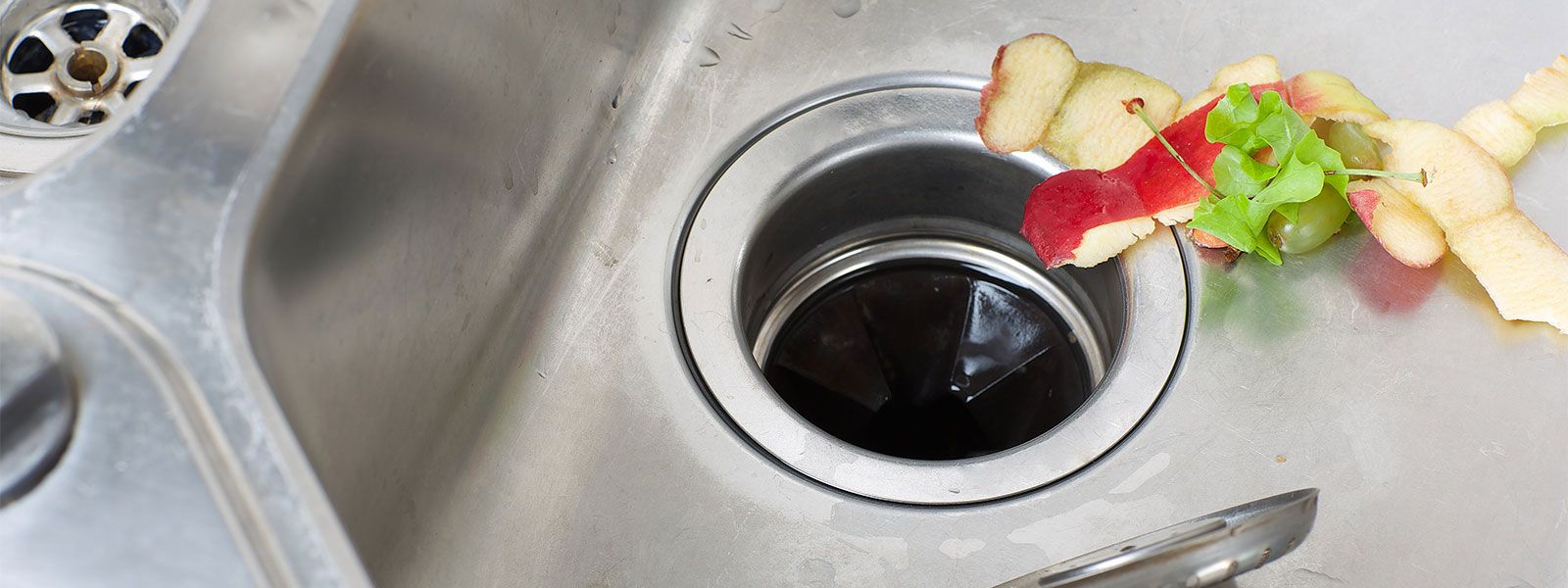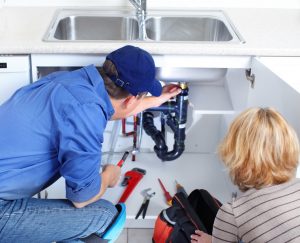Simple Ways to Repair a Leaky Waste Disposal Unit
Simple Ways to Repair a Leaky Waste Disposal Unit
Blog Article
Presented here below you'll find a lot of awesome facts in regards to Tips on Fixing a Leaking Garbage Disposal.

Waste disposal unit are crucial cooking area devices that assist in disposing of food waste effectively. Nevertheless, a dripping waste disposal unit can be a frustrating and unpleasant problem to deal with. Thankfully, several leaks can be fixed quickly with a few straightforward actions. In this write-up, we will certainly go over exactly how to take care of a dripping garbage disposal effectively.
Intro
Garbage disposals are mounted under cooking area sinks and are designed to shred food waste right into smaller pieces, allowing it to pass through the pipes system easily. While these gadgets are usually reputable, leakages can take place with time as a result of damage, loosened connections, or damage to the unit.
Common Sources Of Leaks in Waste Disposals
Worn Seals and Gaskets
Seals and gaskets play a critical duty in avoiding water from leaking out of the garbage disposal. Gradually, these elements can deteriorate, leading to leaks around the disposal device.
Loose Connections
The connections in between the waste disposal unit and the pipes system can come to be loosened gradually, creating water to leak out during procedure.
Fractures or Openings in the Disposal Device
Physical damages to the waste disposal unit, such as fractures or holes in the housing, can likewise cause leakages.
Identifying the Resource of the Leak
Before trying to repair a leaking waste disposal unit, it is vital to identify the resource of the leak. This can usually be done with visual examination or by performing basic examinations.
Visual Inspection
Examine the waste disposal unit unit thoroughly for any type of signs of water leakage. Pay attention to areas around seals, gaskets, and link factors.
Evaluating for Leaks
One method to examine for leaks is by running water via the disposal system and checking for any type of noticeable indicators of leak.
Devices and Products Needed for Fixing a Leaking Garbage Disposal
Before beginning the repair work process, collect the needed tools and products, consisting of a screwdriver, adjustable wrench, plumbing professional's putty, replacement seals or gaskets, and epoxy or patching product for fixing cracks or openings.
Step-by-Step Guide to Dealing With a Leaking Waste Disposal Unit
Turn Off the Power
Prior to trying any repair services, ensure that the power to the waste disposal unit device is shut off to avoid the risk of electric shock.
Locate the Leak
Determine the exact location of the leakage and figure out the cause.
Tighten Links
Utilize a wrench to tighten any type of loose connections in between the disposal device and the plumbing system.
Change Seals or Gaskets
If the leakage is due to worn seals or gaskets, eliminate the old elements and replace them with new ones.
Patching Fractures or Holes
For cracks or holes in the disposal unit, usage epoxy or an ideal patching product to seal the damaged area.
Evaluating the Garbage Disposal After Repair
As soon as the fixing is total, evaluate the garbage disposal by running water through it to ensure that the leakage has actually been resolved.
Preventive Upkeep Tips to Avoid Future Leaks
To avoid future leaks, it is necessary to carry out routine upkeep on your waste disposal unit. This includes keeping it clean, avoiding placing non-food products or difficult items down the disposal, and occasionally looking for leakages or various other issues.
Conclusion
To conclude, taking care of a leaking waste disposal unit is a fairly straightforward procedure that can be completed with basic tools and materials. By complying with the steps detailed in this post and exercising preventive maintenance, you can keep your garbage disposal in good working problem and prevent costly fixings in the future.
HERE’S HOW TO FIX YOUR GARBAGE DISPOSAL
WHAT TO DO IF SOMETHING IS STUCK IN YOUR GARBAGE DISPOSAL
If the impeller won’t turn, there’s probably something stuck in the disposal. It could be a steak bone or peach pit, although plumbers report pulling all sorts of inappropriate objects out of disposals, such as bottle caps or aluminum foil. Make sure power to the disposal is off, and look inside to see if you can see the source of the jam.
Never stick your fingers in a disposal. Pull out anything you see with tongs or pliers.
If the disposal still won’t work, it may be time to call a plumber or consider buying a new disposal. GEM Plumbing & Heating is here for all of your garbage disposal needs.
WHAT TO DO IF YOUR GARBAGE DISPOSAL DRAIN IS CLOGGED
Take everything out from underneath your sink and put a bucket or other container under your disposal to catch any water that drains out. Disconnect your disposal from the power supply. If it’s plugged into a wall outlet, unplug it. If it’s hardwired into an electrical box, go to the electrical panel and turn off the breaker for the disposal. Pour ¼ cup of baking soda into the drain, followed by ½ cup of white vinegar. Give the solution a few minutes to fizz and do its work. Look into the disposal with a flashlight to see if you can see an object that might be causing the clog. If you see it, remove it using tongs or pliers. MORE TIPS ON DEALING WITH A CLOGGED GARBAGE DISPOSAL
Never use drain cleaner in a garbage disposal. It can damage the plastic parts inside the disposal. You can also be splashed with the caustic liquid while working to clear the clog. Beware! Never stick your fingers into a garbage disposal. Trust us — not a good idea. In many instances, your dishwasher drains through your garbage disposal. This allows the disposal to grind any large food particles that may be drained out of your dishwasher. There are some jurisdictions, however, where the plumbing code prohibits such a connection. WHAT TO DO WHEN YOUR DISHWASHER DRAINS THROUGH THE DISPOSAL
Run some water in the sink so your plunger has at least a ½-inch of water to create a seal and plunge vigorously up and down several times. You may need to repeat this several times. Run hot water down the drain to clear any residue that remains.

Do you really like reading up on Why Is ? Try leaving a review directly below. We would be delighted to hear your feelings about this entry. Hoping that you come back again in the future. Do you know about another individual who is enthusiastic about Why Is ? Take a moment to share it. Thank you for your time. Don't forget to check up our website back soon.
Schedule A Free Estimate Report this page